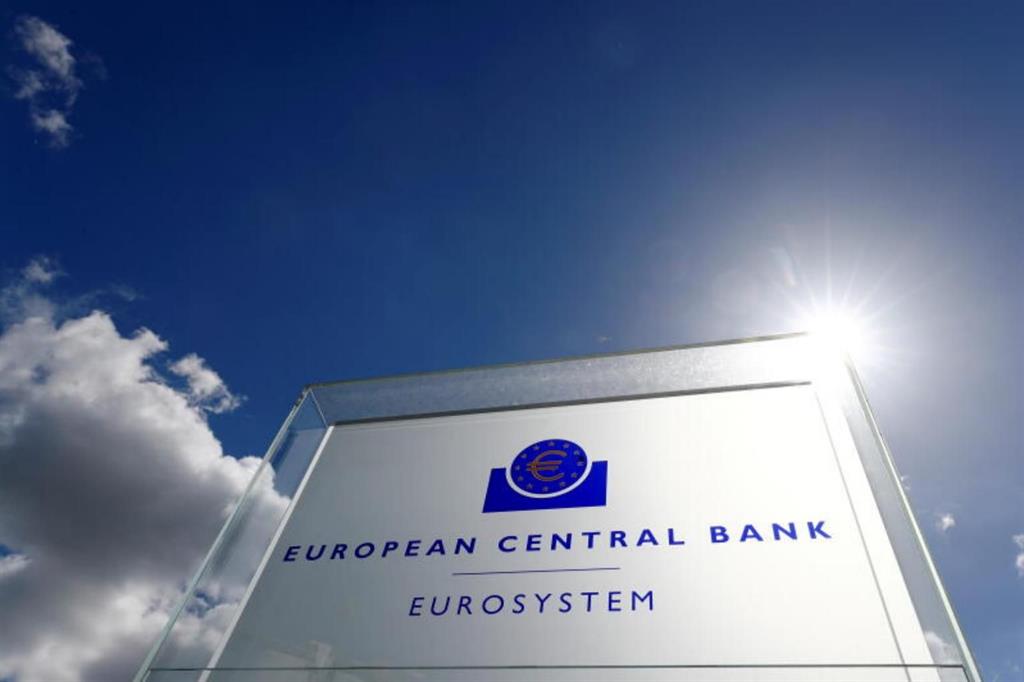Markets await ECB stimulus clues
Revised figures showed the economy in the 19-nation club grew by a better-than-expected 2.2 percent between April and June.
SEBASTIEN ASH
European Central Bank governors met on Thursday under pressure to clarify their stimulus exit plans, as the eurozone economy rebounds from the pandemic and inflation surges higher.
The ECB now faces the tricky act of deciding when and how to scale back its massive pandemic support, and communicating it without jeopardising the recovery or spooking markets.
In the United States, where the recovery is seen as further along, the Federal Reserve has already signalled it could start withdrawing stimulus measures by the end of the year.
The bank is now aiming for inflation of two percent instead of below that figure and will tolerate a temporary over- or undershooting of the goal.
Eurozone inflation soared to three percent in August, the highest level in a decade, fuelled by one-off effects linked to the pandemic and global shortages of materials like semiconductors, plastics and steel.
ECB president Christine Lagarde has previously promised to "look through" what the bank believes to be a temporary inflation surge, and policymakers expect consumer prices to rise further in coming months before falling back.
"We are more worried about the inflation rate being too low in the medium term rather than too high," Isabel Schnabel, a member of the ECB's executive board, said last month.
As a result, observers do not expect any changes to the ECB's historically low interest rates or major tweaks to its colossal bond-purchasing programme, despite some more hawkish ECB members signalling a readiness to scale back stimulus.
But economist Marcel Fratzscher of the Berlin-based DIW think-tank said the ECB would not want to tighten its ultra-loose monetary policy too soon, given the "uncertainties about the pandemic and the supply chain disruptions".- Nampa/AFP
European Central Bank governors met on Thursday under pressure to clarify their stimulus exit plans, as the eurozone economy rebounds from the pandemic and inflation surges higher.
The ECB now faces the tricky act of deciding when and how to scale back its massive pandemic support, and communicating it without jeopardising the recovery or spooking markets.
In the United States, where the recovery is seen as further along, the Federal Reserve has already signalled it could start withdrawing stimulus measures by the end of the year.
The bank is now aiming for inflation of two percent instead of below that figure and will tolerate a temporary over- or undershooting of the goal.
Eurozone inflation soared to three percent in August, the highest level in a decade, fuelled by one-off effects linked to the pandemic and global shortages of materials like semiconductors, plastics and steel.
ECB president Christine Lagarde has previously promised to "look through" what the bank believes to be a temporary inflation surge, and policymakers expect consumer prices to rise further in coming months before falling back.
"We are more worried about the inflation rate being too low in the medium term rather than too high," Isabel Schnabel, a member of the ECB's executive board, said last month.
As a result, observers do not expect any changes to the ECB's historically low interest rates or major tweaks to its colossal bond-purchasing programme, despite some more hawkish ECB members signalling a readiness to scale back stimulus.
But economist Marcel Fratzscher of the Berlin-based DIW think-tank said the ECB would not want to tighten its ultra-loose monetary policy too soon, given the "uncertainties about the pandemic and the supply chain disruptions".- Nampa/AFP




Kommentaar
Republikein
Geen kommentaar is op hierdie artikel gelaat nie